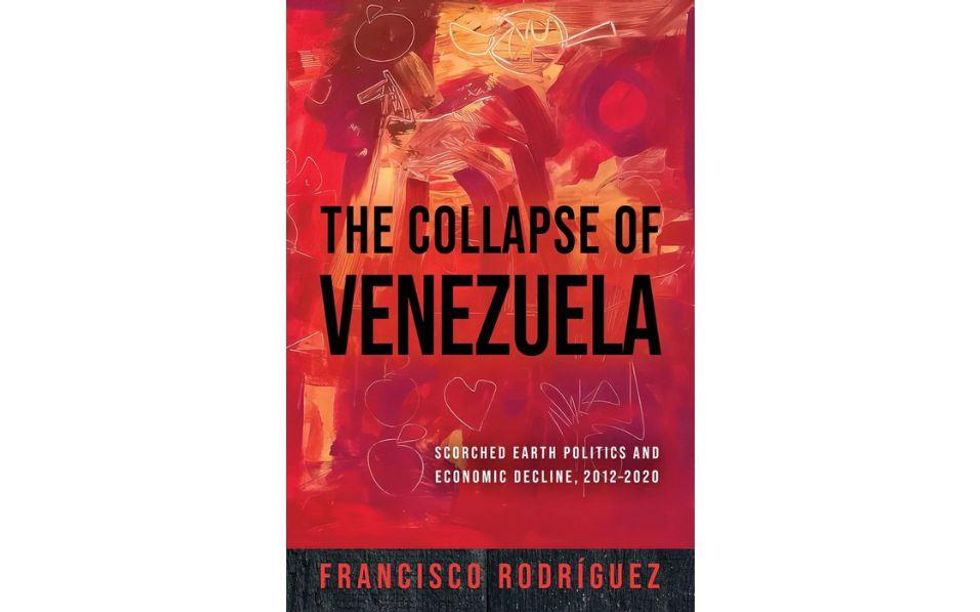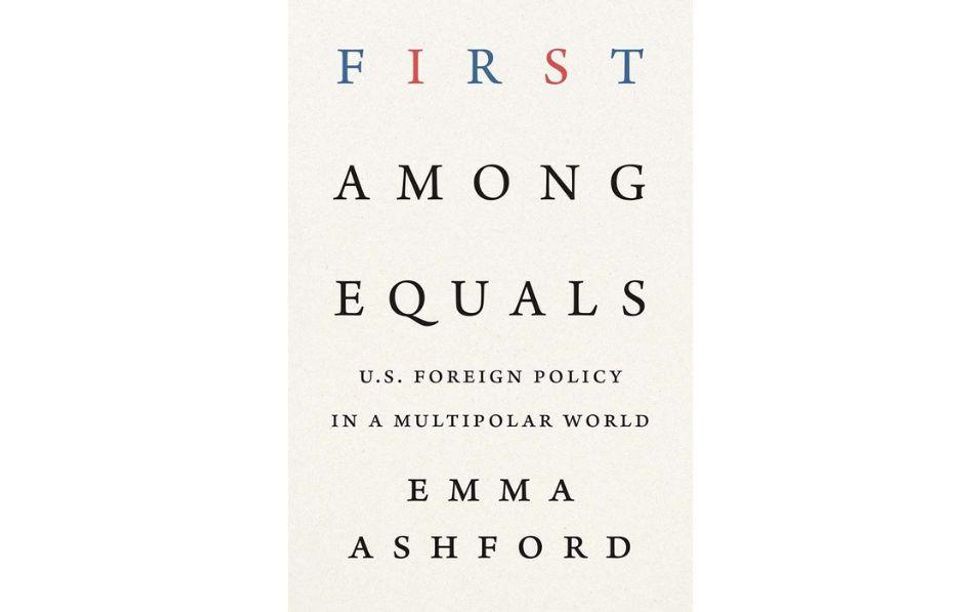Like the United States, France has stressed the need to counter China’s militarization in the South and East China Seas and more widely Beijing’s influence in the Indo-Pacific.
President Emmanuel Macron’s first meeting with President Joe Biden this week saw the French premiere pledging to uphold the “unwavering” U.S.-French alliance. This included the two presidents reportedly pledging to continue coordination “regarding China’s challenge to the rules-based international order,” suggesting they will shelve past differences amid mutual concern over Beijing’s rise.
This came on the heels of November’s G20 summit in Bali, where Macron expressed Paris’s aspirations to relaunch its strategy in the region.
But there are differences in the way Washington and Paris want to handle things, as the latter has sought to empower the European Union to counterbalance the apparent regional dominance between China and the United States.
French interests in the region
Referring to the Indo-Pacific during an election rally in April 2022, Macron said: "Who better than Europe to interfere with the duopoly that is being established between the United States and China? The aim of France is not to submit to the great divisions that paralyze, but to know how to exchange with each region, each power, and continue to build new alliances."
Indeed, the region is important for France, as it currently has seven overseas territories including Mayotte, La Réunion, New Caledonia, and French Polynesia. Around 1.5 million French people live in these territories, which occupy a vast maritime space from the Indian Ocean to French Polynesia in the Pacific. Paris has expanded its clout there, with nearly 8,000 troops stationed in the territories, along with several vessels and aircraft including patrol vessels, maritime surveillance aircraft, tactical transport aircraft, and helicopters. French strategy also aims to legitimize and give credibility to France’s status as a “resident power” in the Indo-Pacific.
France has also focused on development within its overseas territories and the region’s countries, while also investing in science and research and implementing cultural and language education through organizations like the Instituts Francais (French Institute) and AEFE (Agency for French Education Abroad). And along with its strategy aiming to expand its economic, military, and diplomatic stake in the Indo-Pacific, France also wants to facilitate a free and open Asia-Pacific in order to implement green regional economic governance.
France’s role as a permanent member of the Security Council also requires it to place a high priority on regional stability like freedom of navigation and trade.
Rallying against China
While seeking to deepen its soft power, Paris has also echoed Washington’s warnings about China’s role there. Yet divergences with the United States have seemingly undermined France’s ambitions in the region. Last year, French Foreign Minister Jean-Yves Le Drian called the trilateral security alliance AUKUS between Australia, the United States, and the United Kingdom a “stab in the back.” Not only did Australia renege on a 2016 deal to acquire French submarines, but the deal aimed at countering China also dwarfed France’s aims to act as a security guarantor in the region.
As a result, along with leveraging its overseas territories, France has also sought cooperation with regional powers who also oppose China’s rise. It has stepped up collaboration with India to grant access to each other's military facilities, while both have agreed to conduct maritime security operations and annual joint naval drills. This cooperation has been enhanced by India’s purchase of 36 French Rafale fighter jets. Paris has also sought cooperation agreements with Tokyo. In January, both governments struck agreements to increase naval patrols, with both France and Japan reiterating concerns over China’s expanding presence in the East and South China Seas.
France has also expressed its desire for “increased European Union involvement in the region, as an actor for sustainable development and stability.” And gaining the EU’s support would also be necessary for its ambitions in the Indo-Pacific. Indeed, leveraging the EU has been beneficial for France, as it has traditionally perceived “more Europe” as meaning “more France.”
Although the EU was traditionally largely divided on how to approach China and the Indo-Pacific the bloc’s regional policy has rapidly evolved. No longer seeing it as purely a negotiating partner, the EU recognized China as an “economic competitor” and a “systemic rival” in its 2019 strategy towards Beijing.
On the Indo-Pacific more generally, France has inspired other countries to follow its lead, as Germany and the Netherlands later adopted their own strategies and have largely succeeded in getting the bloc on board, including member states like Italy, Sweden, Portugal, Croatia, and the Czech Republic. The EU published its Indo-Pacific strategy in September 2021, which was largely defined by the need for regional cooperation due to the “interdependence of the economies and the common global challenges.” A key aim for Brussels would be to “strengthen its strategic reach and its supply chains.”
An autonomous EU
The EU’s multifaceted partnership with the ASEAN (Association of Southeast Asian Nations) states, which was upgraded to strategic in 2020, shows the bloc has aimed to deepen its bilateral relations. The EU has aimed at closer ties with Japan, the Republic of Korea, Singapore, Vietnam, as well as India, Australia, Indonesia, and New Zealand. Yet since the EU’s engagement is relatively new, and beyond cooperation like the Japanese-EU digital partnership in May 2022, Brussels’ involvement in the region is still a work in progress.
Yet unlike France and the United States, the EU has aimed to prioritize cooperation, including with China. According to Brussels’ Indo-Pacific strategy, the only instance in which contentions may occur is “where fundamental disagreements exist, such as on human rights.” Moreover, the bloc’s member states have still been divided on how to approach China. For instance, German Chancellor Olaf Scholz’s visit to Beijing in October largely aimed to increase bilateral trade relations, given the German leader previously forcibly approved Chinese shipping giant Cosco’s investment in the port of Hamburg and arrived in Beijing with delegates from large German companies such as Volkswagen, Siemens, and BASF.
Moreover, it has at times proven necessary for France and the EU to cooperate with Washington in the region. The EU, United States, and Japan agreed to renew their Trilateral trade partnership in November 2021 and this was pushed further on September 15, 2022 when ministers agreed to upgrade cooperation on matters such as trade standards and countering forced labor.
As shown by its strategy towards China, and with member states like Germany attempting to prioritize economic cooperation with Beijing, the EU is less willing than the United States to outmanoeuvre Beijing in the Indo-Pacific. Thus, the EU is likely to play a complementary and even balanced role against China alongside the United States.
Although a leader in Brussels’ engagement with the Indo-Pacific, Paris may struggle to rally a unified EU completely in its favor, and Macron’s meeting with Biden this week indicates he may aim to rely on U.S. ties rather than trying to counter America’s regional presence. Macron may instead aim to balance between Washington and Brussels, appealing to the former’s tough stance on China while also having to concede to the EU’s more pragmatic position.
























